Ancient pottery imitates entropy in the natural world

Fine-art potter Nick LaFone.
Photo by Karin Strickland
Sometimes the past lies just under the surface of the everyday present, a fact North Carolina potter Nick LaFone discovered the first time he sank his hands into the dirt and clay of his native Hickory — still today a center of pottery-making techniques developed centuries ago by the indigenous Catawba.
“My passion for clay goes back to childhood associations playing with natural materials like mud, wood, water, and how they can be used to make anything imagined,” LaFone says. “It’s a fascination that still remains today.”
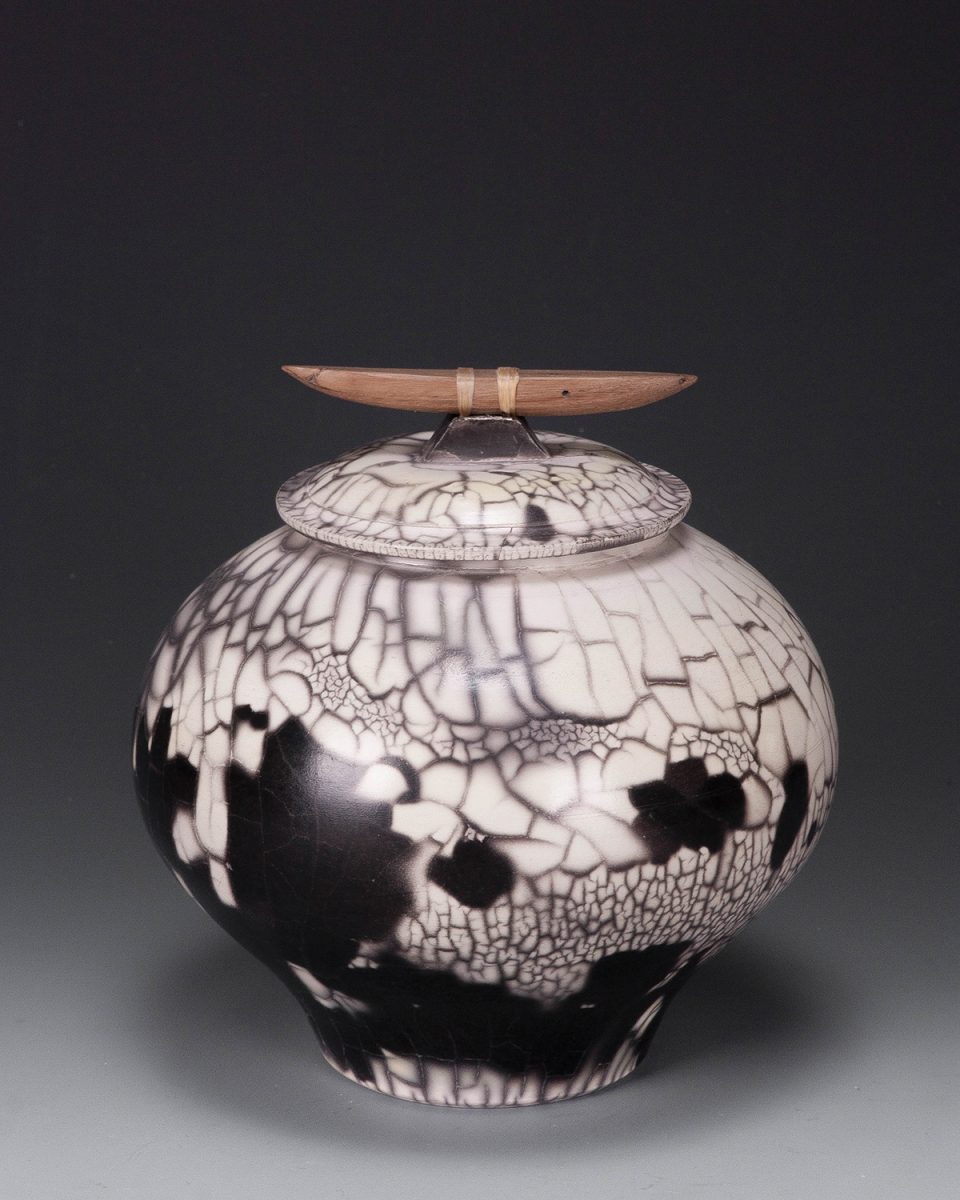
LaFone is particularly known for his expertise with a type of unglazed pottery called “Naked Raku,” a style developed in late-16th-century Japan to produce ceremonial pieces for temple use and for display in aristocratic homes. (“Raku” in Japanese denotes freedom, since these pieces weren’t for utilitarian use, and were thus symbols of liberation from more traditional and quotidian functions.) LaFone discovered the technique early on, while still in college working on his BFA. “I found it to be a much more in-the-moment style of working with clay.”

Unlike glazed pottery, fired at high temperatures and left to cool in the kiln, hand-formed Raku pieces are removed from the kiln while still hot. “I use a clay that’s white when fired with added kyanite [a blue mineral] to withstand the thermal shock of being withdrawn from a hot kiln at temperatures” — up to 1900 degrees Fahrenheit, the artist explains. The lack of glazing produces the typical crackled surface of Raku.
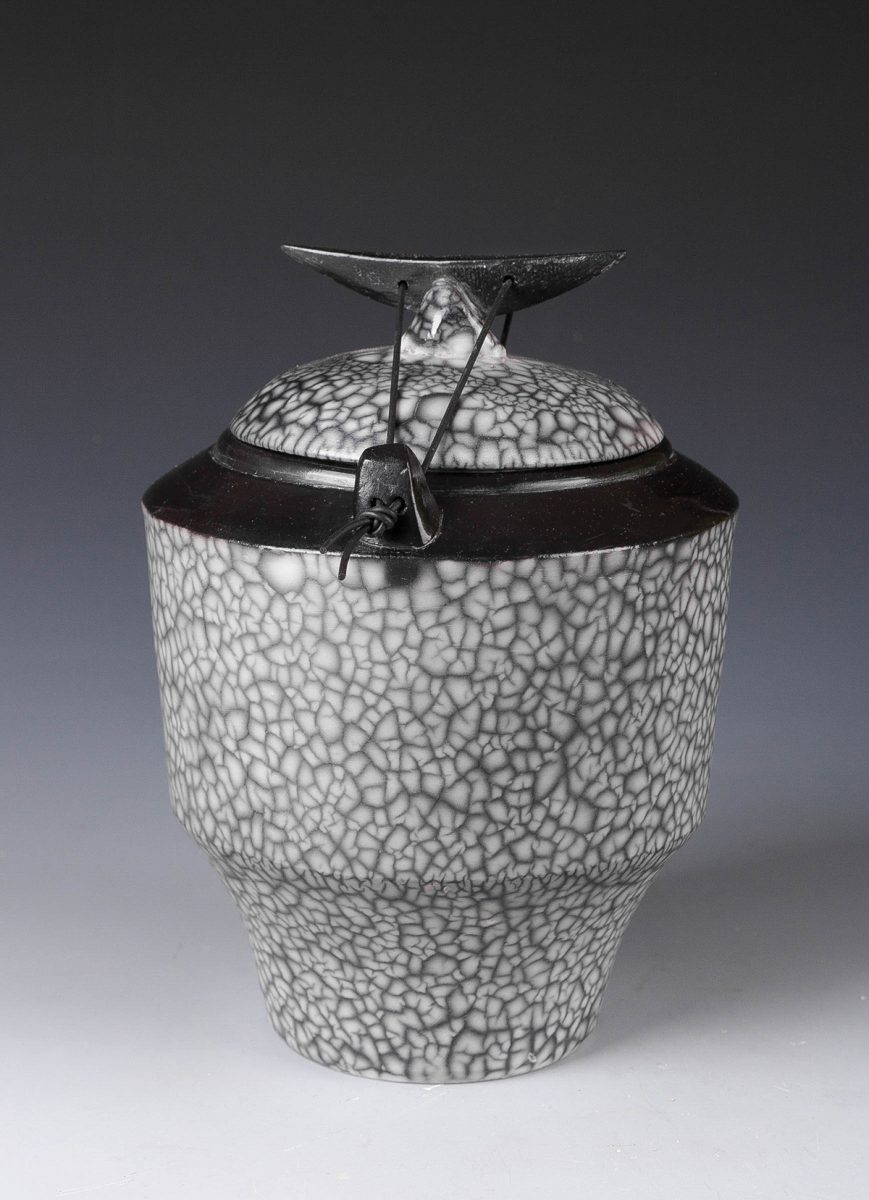
He uses two slightly different techniques to produce the pieces — one involving a simple slip poured over a piece before firing, and the other a secondary, temporary glazed layer that peels away after firing, while the piece is still hot. “In both processes,” he says, “the work is removed from the hot kiln with tongs and placed inside a container with combustible material to generate smoke and create the rich black areas.” (The white areas are protected from the smoke by the slip.)
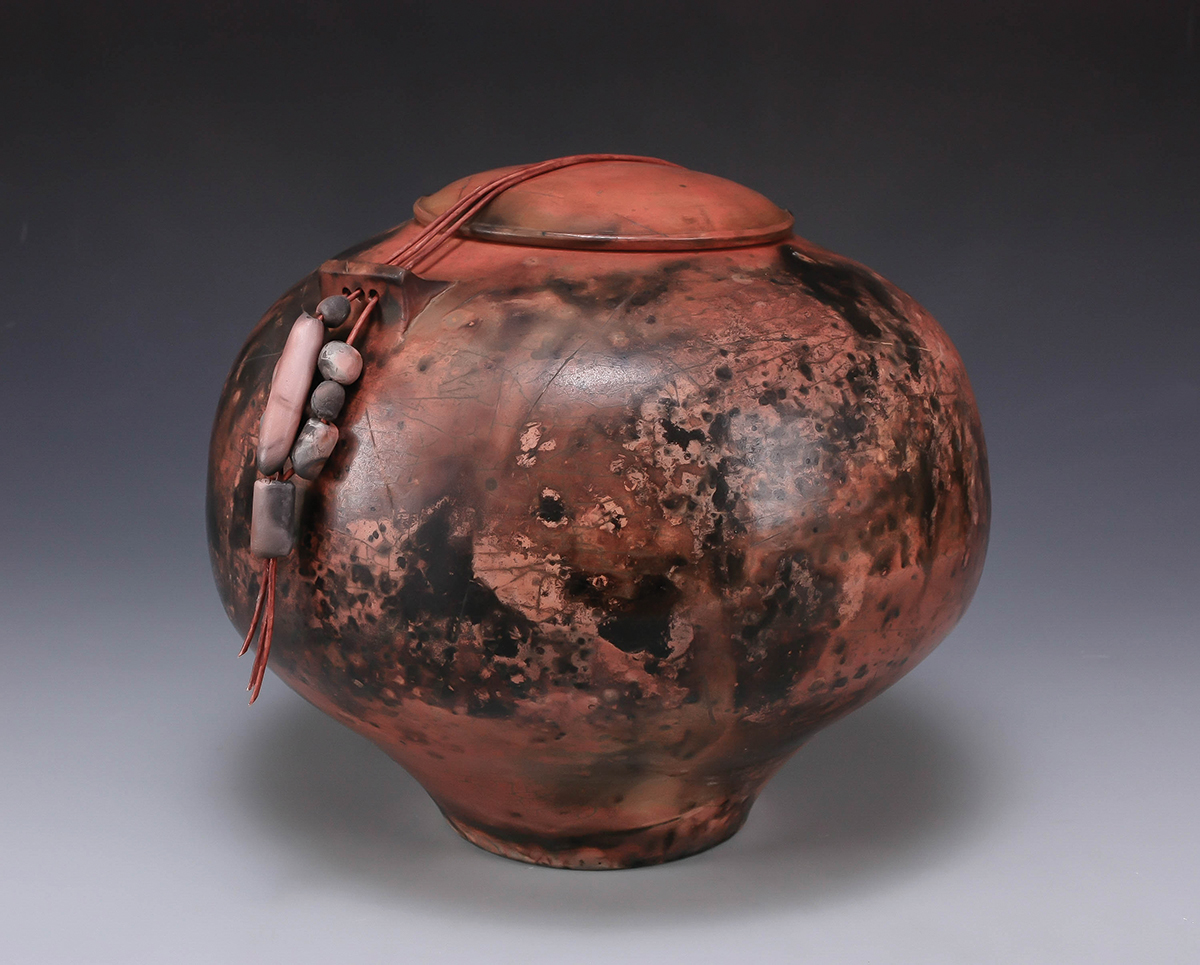
Each piece is finished with a wax coating, giving it a crystalline protective sheen. “It’s an exciting way to work with clay, heat, and smoke,” he says, “handling the red-hot clay piece and influencing it in the moment. There’s a spontaneity to it that’s unlike any other ceramic technique.”

LaFone also makes unglazed pieces using an even more ancient technique, Saggar firing, developed thousands of years ago in China and resulting in delicately colored and textured ornamental pieces. A Saggar is a container into which a work is placed, surrounded by sawdust, salt, copper carbonate, and even copper wire; these materials vaporize in the kiln and get absorbed into the clay.
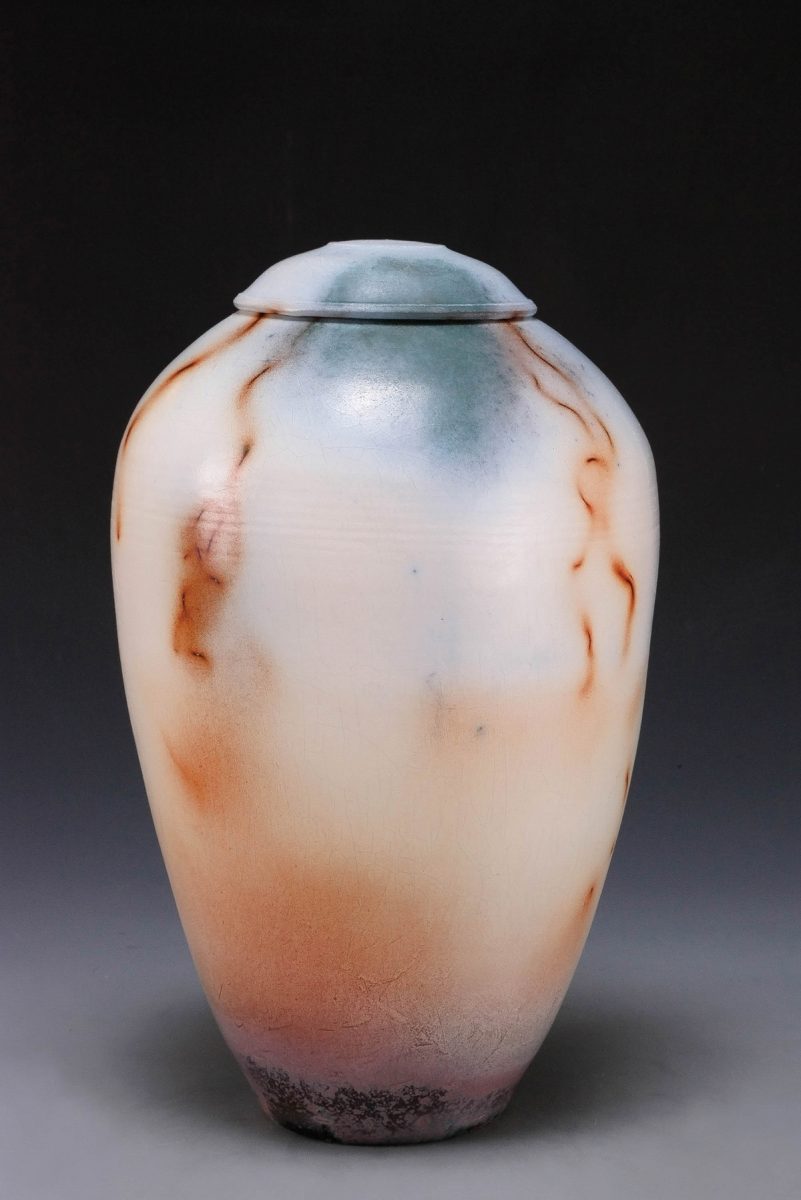
The result of earthy colors and patterns “are random,” says LaFone, “but loosely controlled,” affected by the choice and amount of materials, temperature, and type of container.
A third method is pit firing, a variant of techniques used by early Catawba Valley potters where pieces are placed in a wood-fired pit with sawdust, copper, and salt and left to burn slowly for up to 24 hours. The vessel “settles into the fire as it burns … the results are beautiful rusts, reds, grays, and blacks.”
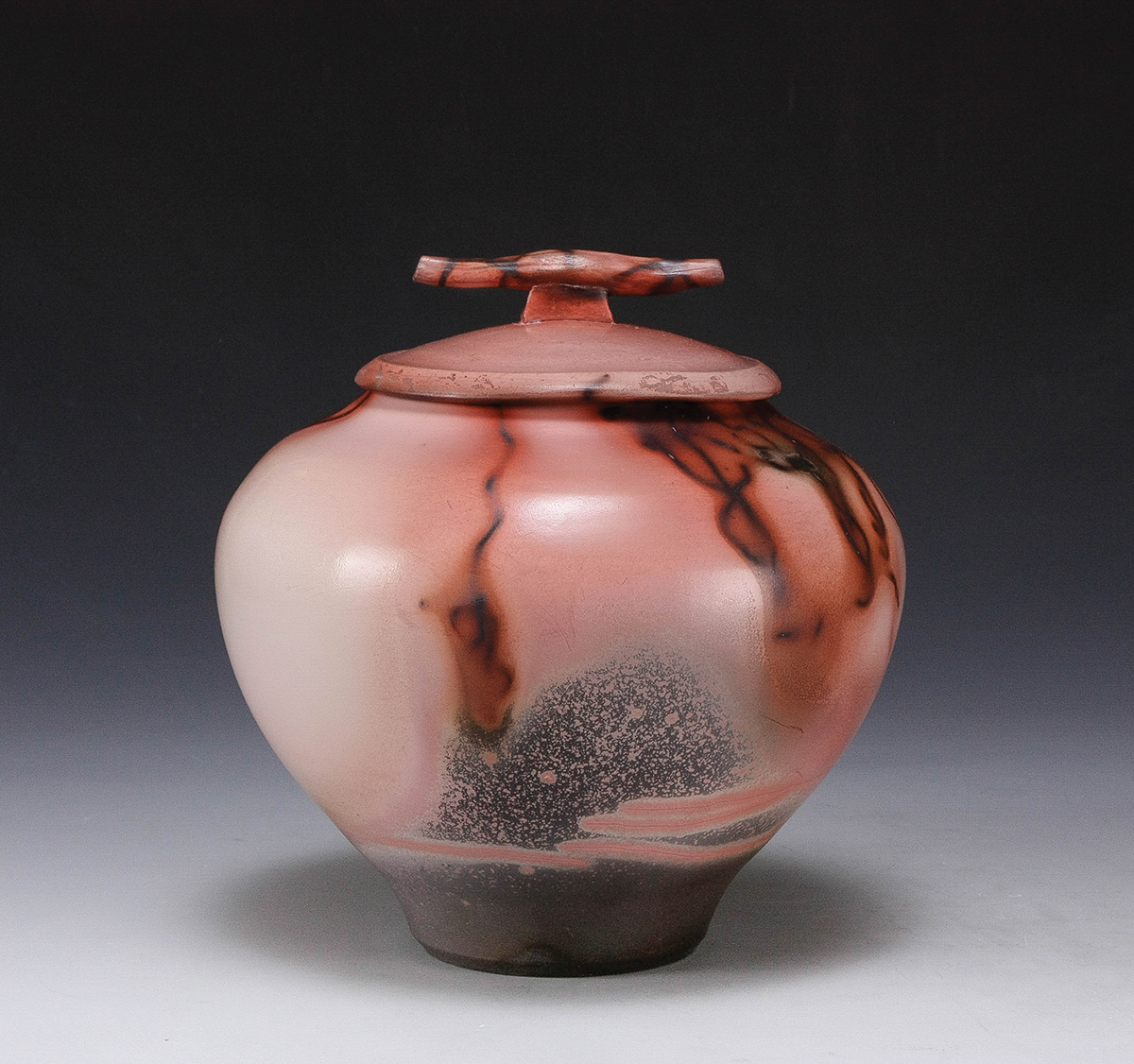
No matter the technique, all of the potter’s pieces are born in heat and smoke, each assuming a personality entirely dependent on the interaction of natural forces, and mostly independent of human interference. It’s the same process common to decaying wood, eroding rocks, and ever-changing wetlands — “in short,” says LaFone, “the constant death and resurrection of form.”
Nick LaFone’s studio is located inside the Trackside Studios building, 375 Depot St., in Asheville’s River Arts District. His ornamental pottery is also sold at Odyssey Co-Op Gallery in the RAD (238 Clingman Ave., odysseycoopgallery.com) and online at lafonedesign.com. LaFone accepts commissioned work and invites studio visits by appointment: contact@lafonedesign.com.

Really unique and beautiful work Nick. Also there is evidence of a lot of research regarding different firing methods. Love your work. great layout. hope all is good with you. A. C.